Dark Models of Need – Performing Parafunctionality
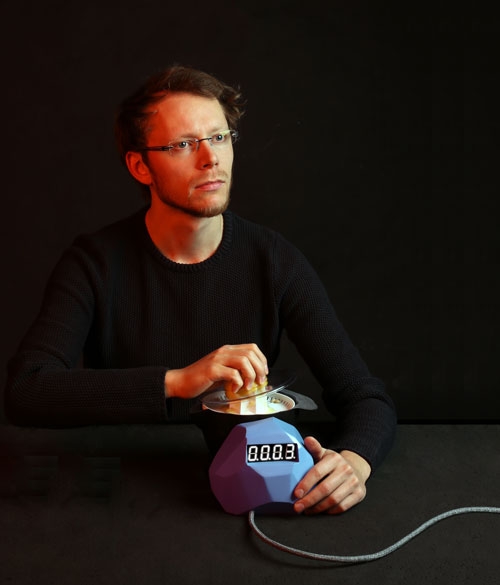
This work consists of a set of artefacts made for performative narration. By executing an action they are reexamined as types of artefacts or plot devices as are their relations and statuses in narration.
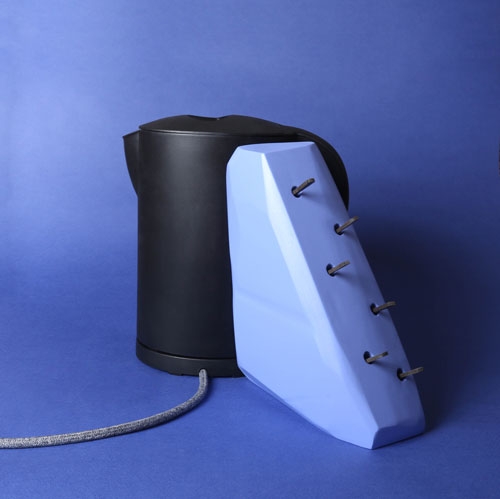
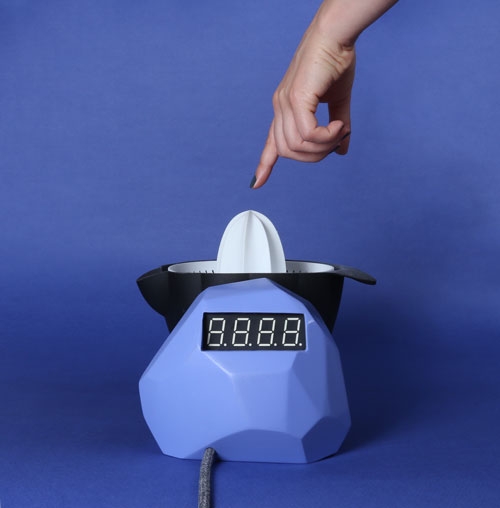
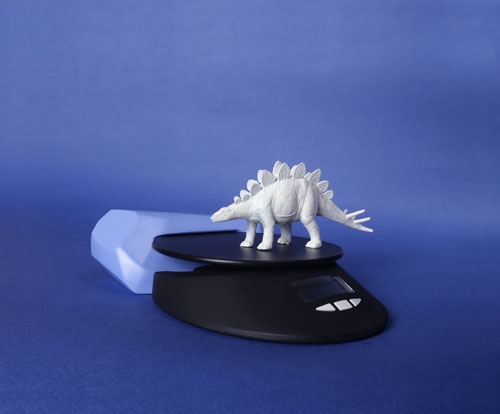
Parafunctional design is a form of design where function is used to encourage reflection on how devices condition our behavior. In Hertzian Tales, Dune and Raby define the prefix para- as a design within the realms of utility that attempts to go beyond conventional definitions of functionalism to include the poetic.
Exploring this realm of parafunctionality, a set of behaviors typical for human obsessive–compulsive disorders is applied to everyday consumer electronics such as a water heater, a juicer and a kitchen scale.
These appliances are remade in the image of people who socially don’t fall into the category of the ideal because, as Dunne and Raby claim in Speculative Everything- “…nearly every other area of culture accepts that people are complicated, contradictory, and even neurotic, but not design. We view people as obedient and predictable users and consumers…”.
The result is three parafunctional electronic objects that now become critical artefacts that generate new choreography of usage and operation. Their para-functionality is united in one function- making lemonade.
Video based on the performance, 5:45 min, HD
[vimeo 98487367]
Stills from the video
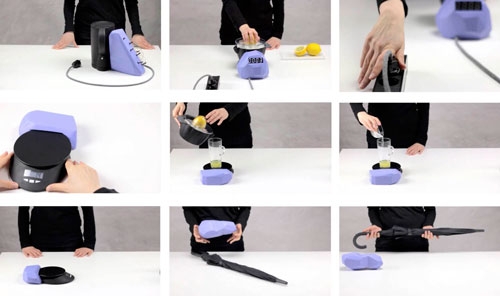
Stills from the performance, 11.04.2014
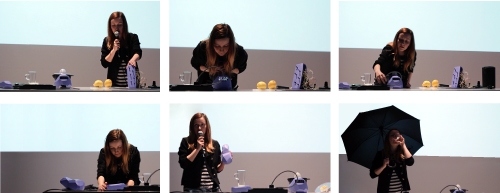
- photos of the objects: Evi Oravecz
- model: Alexander Müller
Visit the project website for further information.

